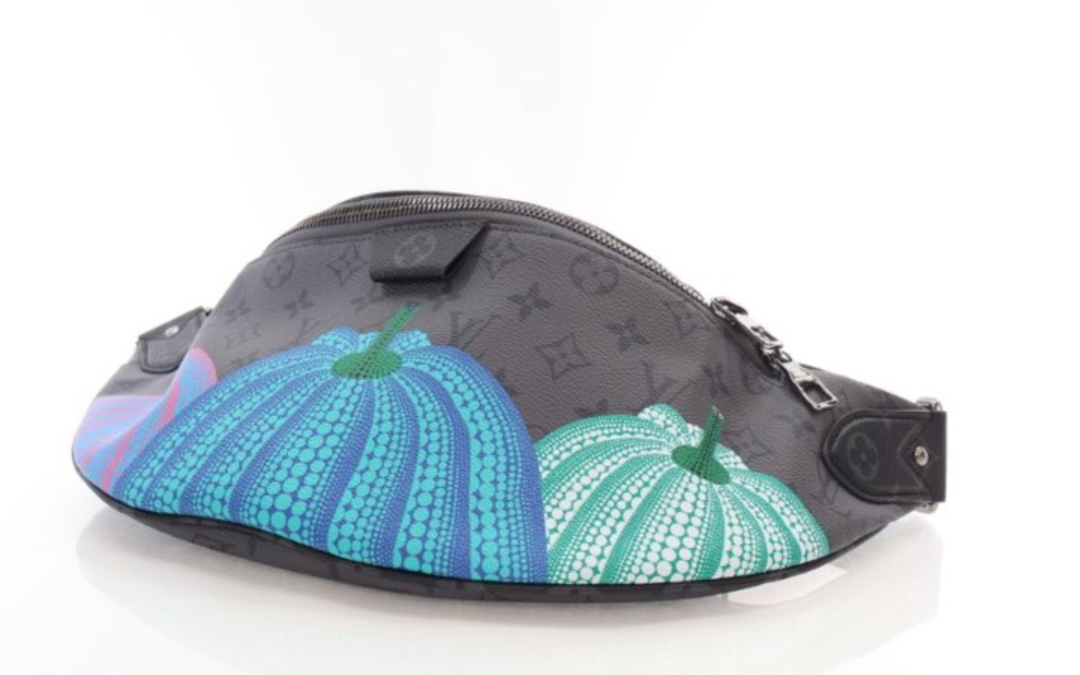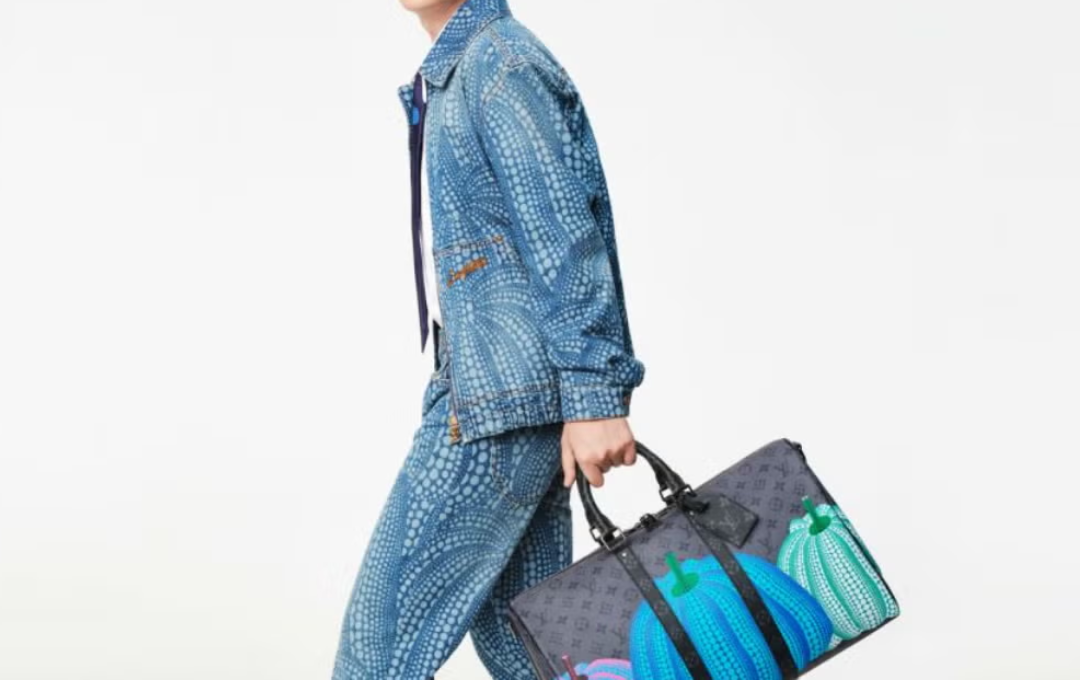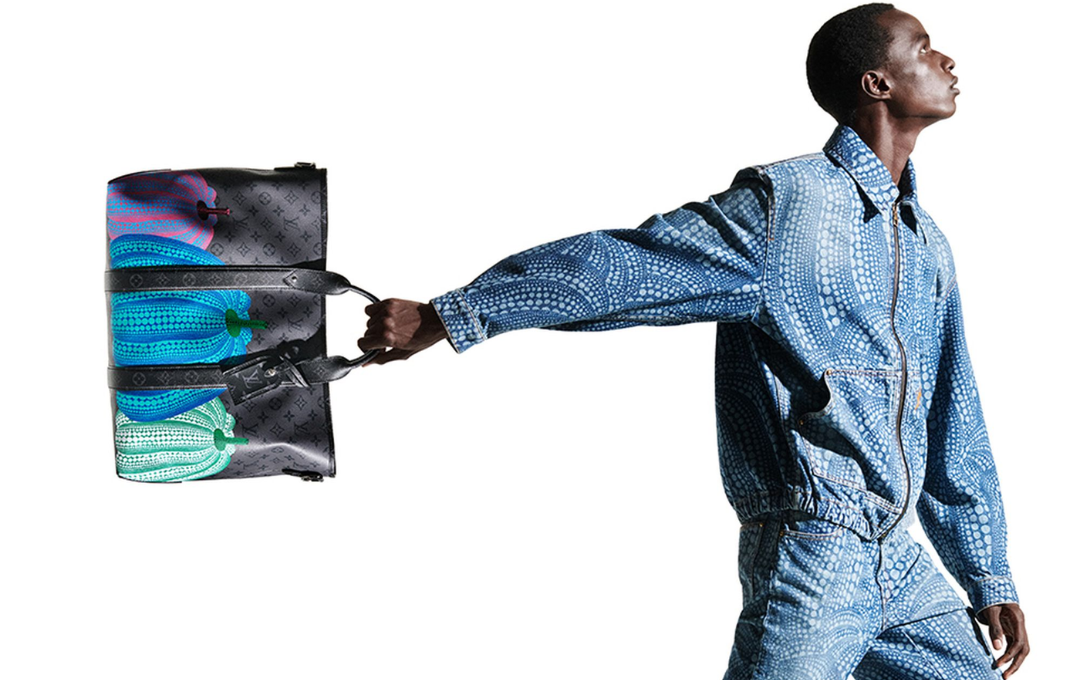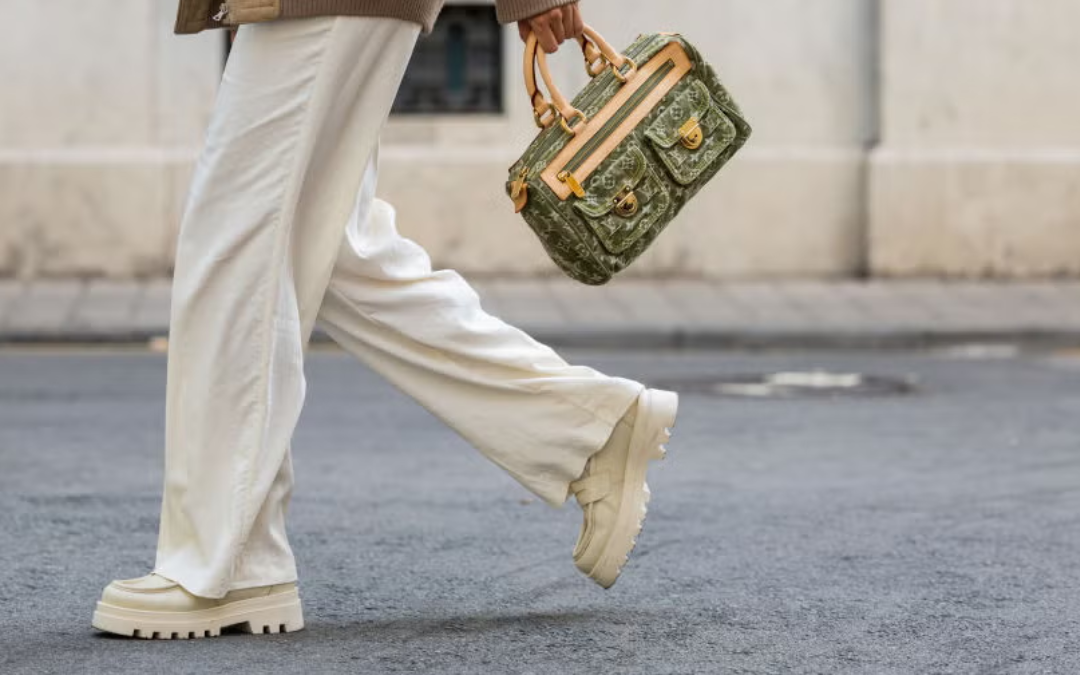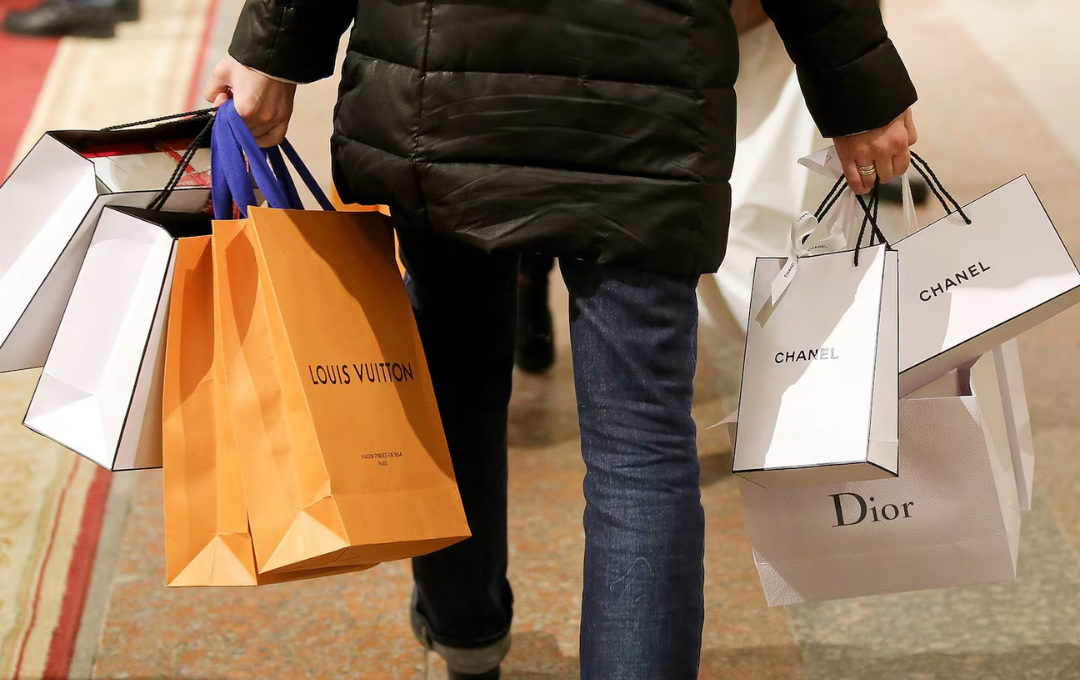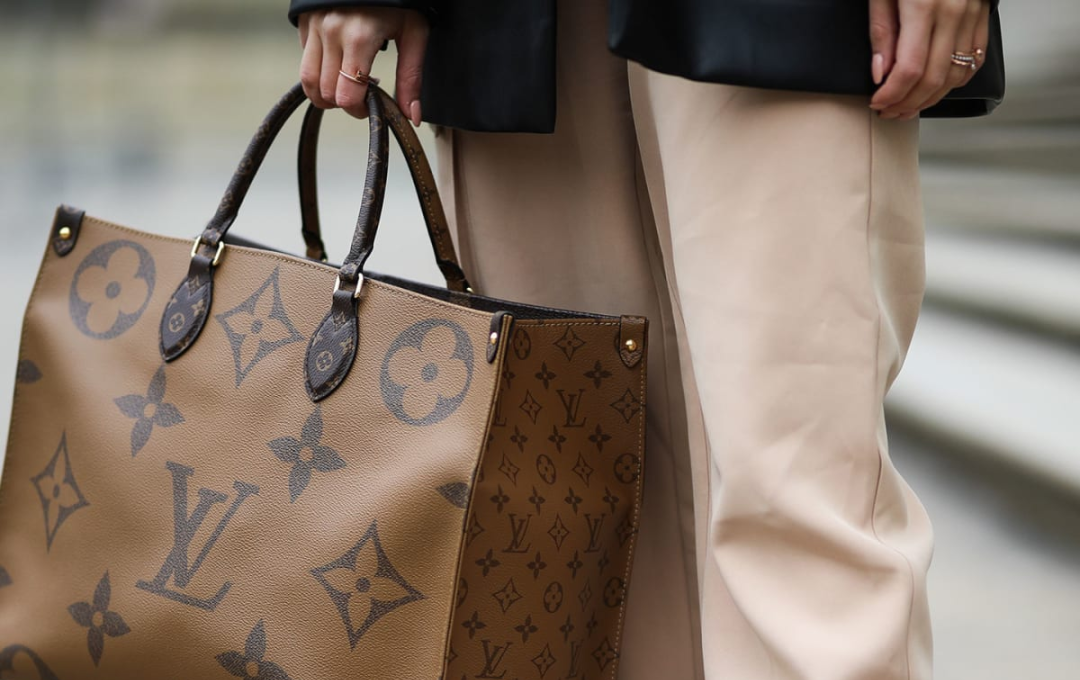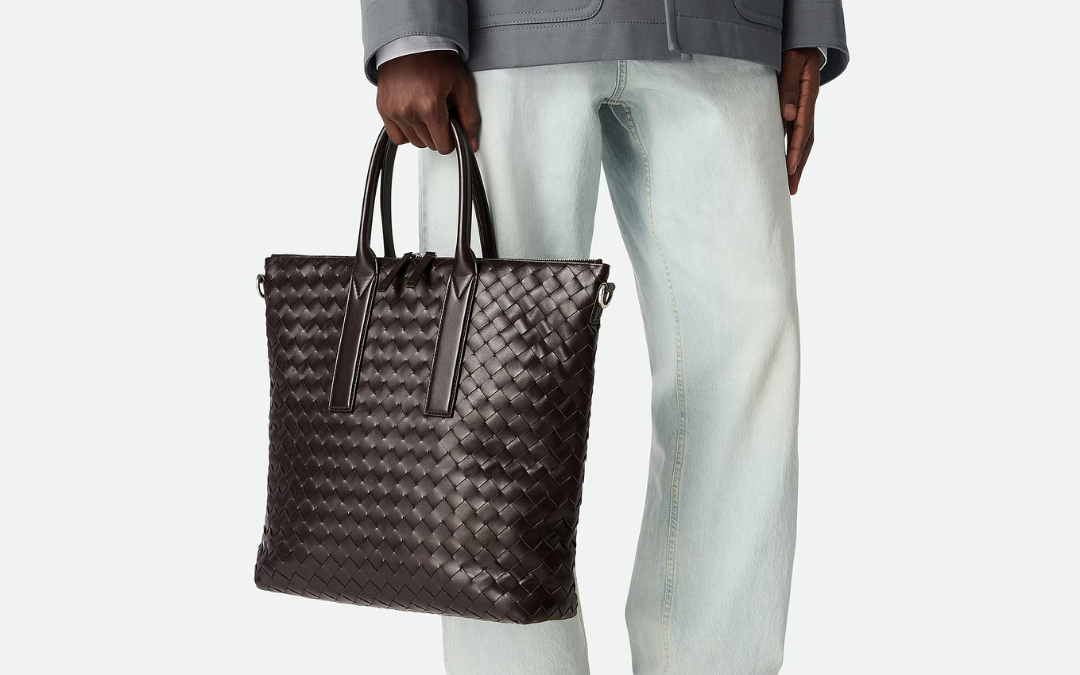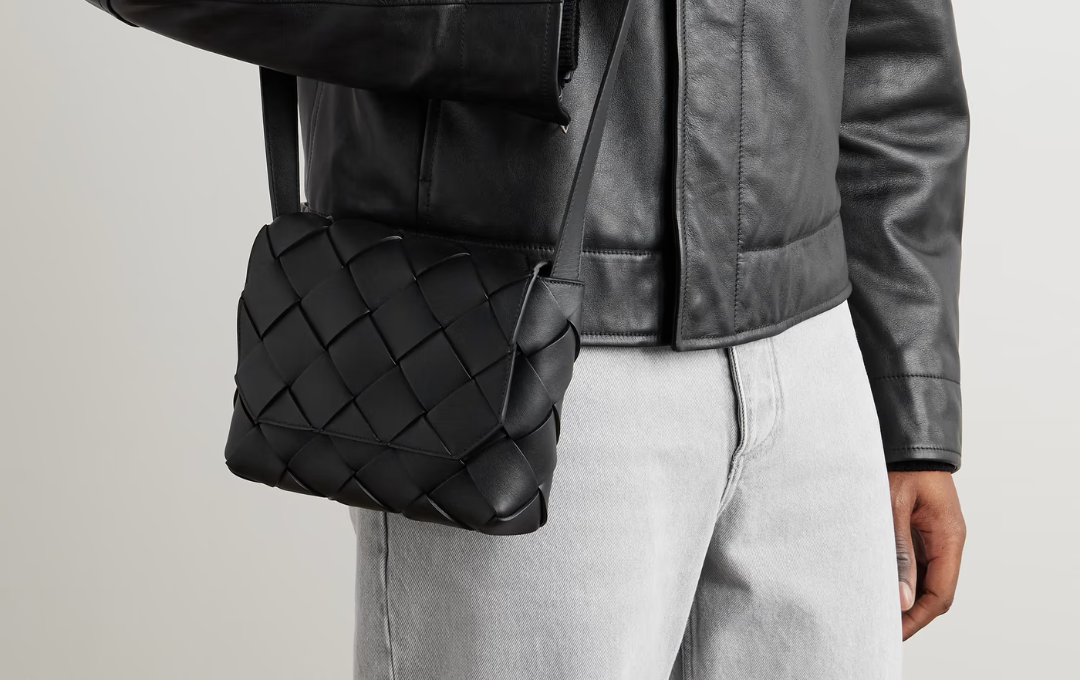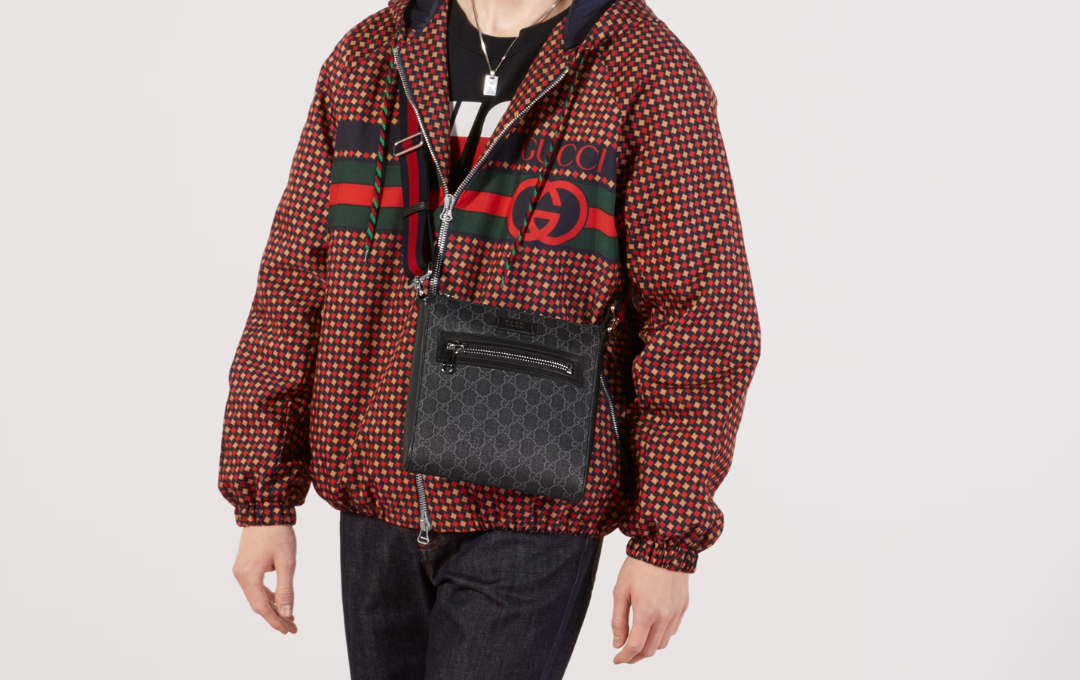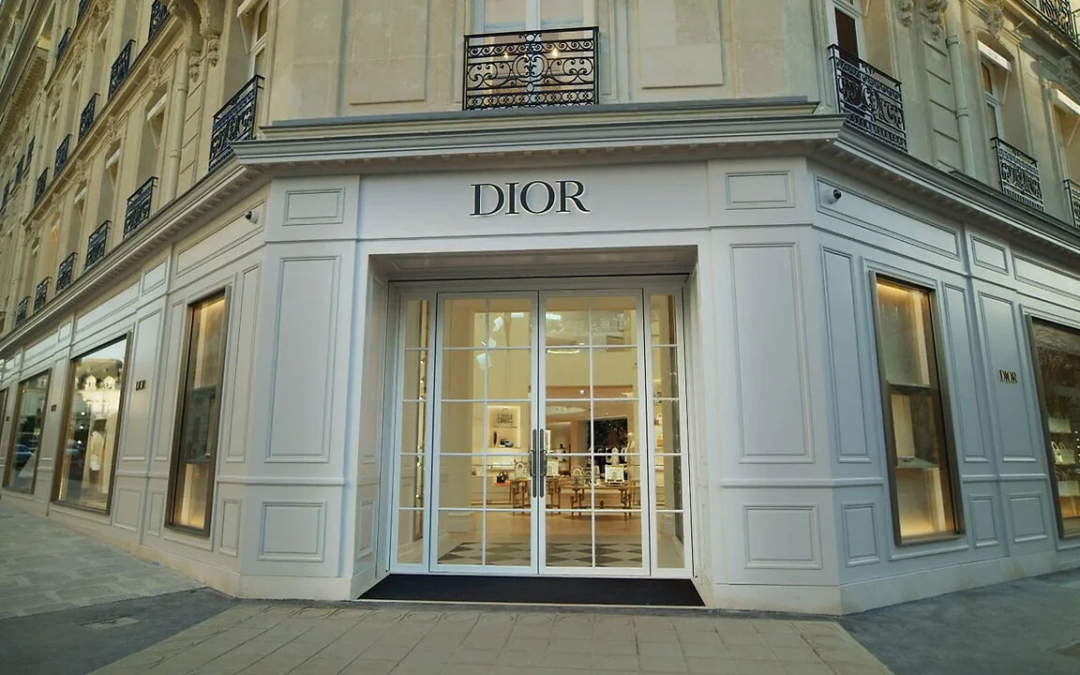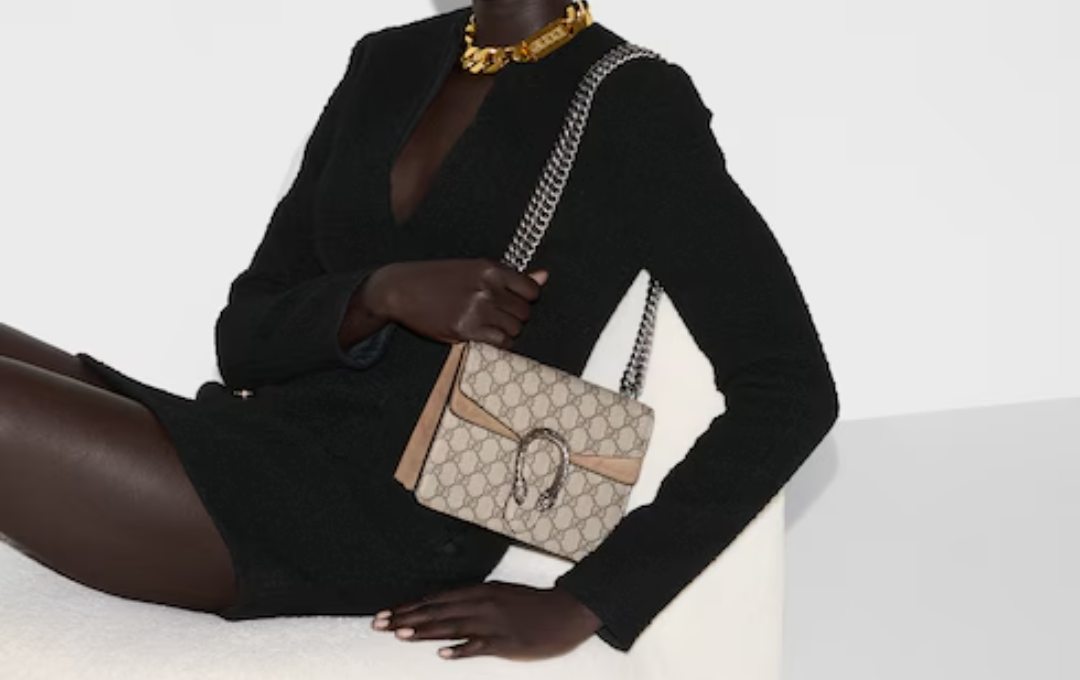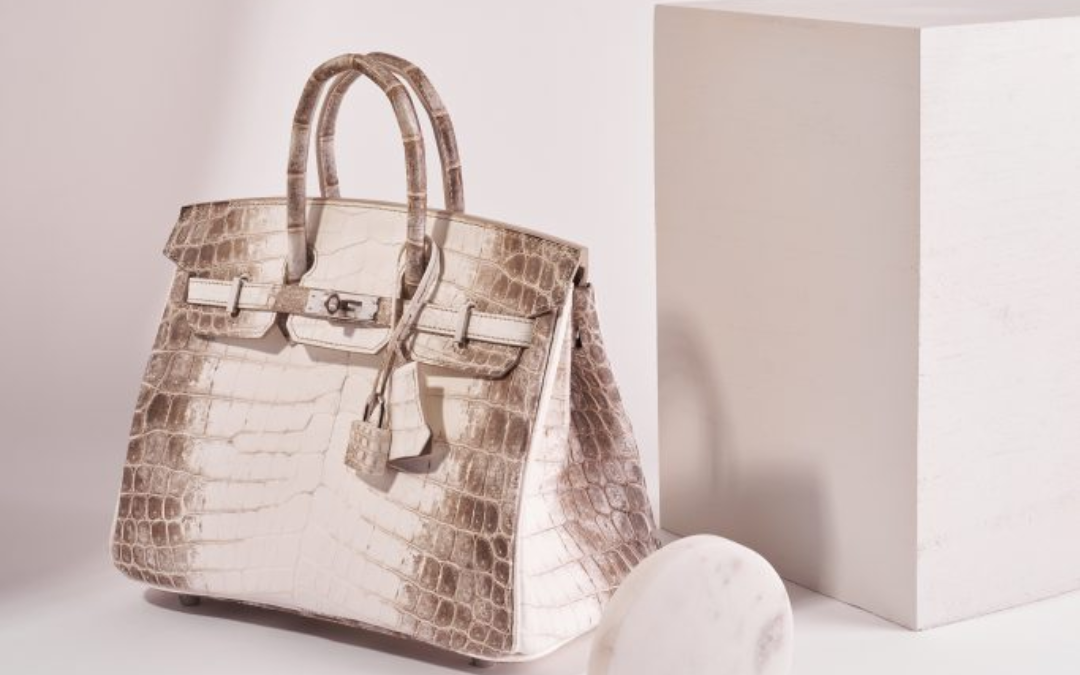
The Luxury Handbag Ponzi Scheme: How High Fashion Keeps You Hooked

The Luxury Handbag Ponzi Scheme: How High Fashion Keeps You Hooked
by Thea Elle | Apr, 05, 2025 | Luxury Industrial Complex
One day, it happens. The urge to own a LOUIS VUITTON handbag takes hold—maybe it was a well-placed ad, maybe an influencer subtly (read: aggressively) flashing theirs in every post. Either way, the craving is real. You rush to the boutique, only to be met with a tight-lipped sales associate who barely suppresses their amusement. “Oh, that one? So sorry, it’s out of stock.”
Undeterred, you refresh the website daily, hoping for a restock. Weeks pass. No sign of the bag. Then, like some cruel joke, it miraculously appears—on resale sites for double the price. How? Why? Because luxury brands have mastered the art of psychological warfare, ensuring that you never simply buy a bag—you chase it, you obsess over it, and ultimately, you overpay for it.
High fashion has little to do with aesthetics or craftsmanship anymore. It’s an elaborate game of supply and demand, where demand is orchestrated, and supply is dangled just out of reach. And the best part? Every time you lose (which is always), you get convinced to play again.

The Art of “Unavailable”: How Brands Manipulate Demand
Luxury brands don’t sell handbags—they sell status anxiety. And what better way to make a product desirable than to make sure nobody can actually get it? Enter: The Artificially Scarce Bag—a staple marketing strategy perfected by HERMÈS, CHANEL, and PRADA. They limit production, refuse online sales, and create exclusive waitlists, ensuring that only the elite (or the persistently desperate) can own their products.
This method tricks consumers into thinking that these bags are rare, valuable, and an investment. In reality? There are probably warehouses full of the same “sold-out” bag you’ve been stalking online. But if you knew that, you wouldn’t be willing to spend a small fortune on a piece of stitched cowhide, would you?
So, instead, the cycle continues. Sales associates are trained to dangle hope in front of customers: “If you buy a few small leather goods first, maybe we can find something in the back for you.” Translation: “Spend more money, and we might consider letting you buy an even more expensive item.”
The VIP Illusion: Are You Special or Just a Cash Cow?
Ever heard of “brand loyalty”? It’s luxury’s favorite way of saying, “Spend more now for the chance to buy what you actually want later.” High-end fashion houses like GUCCI, DIOR, and CHANEL don’t just sell products—they sell exclusivity. And they’ve perfected the art of making customers feel like they’re on a never-ending scavenger hunt, dropping thousands just to prove they’re worthy of an invitation to the real party.
Think you can walk into a boutique and snag a CHANEL Classic Flap off the shelf? Think again. First, you’ll need to “build a relationship” with the brand—which is just a polite way of saying you’ll be required to buy a few starter items. Maybe some designer sneakers, a pair of oversized sunglasses, or a monogrammed cardholder you never asked for. By the time you’ve spent a small fortune on things you didn’t even want, you might finally be deemed worthy of purchasing the bag that started this absurd game in the first place.
Resale Racket: The Market They Pretend to Hate
By now, you might be thinking: “Well, at least my luxury bag is an investment, right?” Not so fast. Yes, some bags appreciate in value, but only because brands control the resale market just as much as they control retail. HERMÈS Birkins don’t skyrocket in price because they’re rare—they skyrocket because HERMÈS tells you they’re rare.

If you have to ask how to become a VIP, you’re not one.
The Duplication Dilemma
But here’s where things get really fun: luxury brands profit off their own so-called originality, even when they’re just copying themselves. BALENCIAGA takes a humble IKEA bag and slaps a logo on it for $2,000. GUCCI reissues the same horsebit bag from the ’70s and calls it a reinvention. Meanwhile, independent brands create near-identical versions and are called out for “stealing designs.” The hypocrisy is almost poetic.
The Only Way to Win is Not to Play
At the end of the day, luxury handbags are not about quality, craftsmanship, or timeless design. They’re about power—specifically, the power of brands to make you feel unworthy without their product. The chase, the waitlists, the artificial scarcity—it’s all a game designed to keep you spending, chasing, and believing that this next purchase will be the one that changes everything.
But here’s the truth: No bag—no matter how expensive, exclusive, or highly-coveted—will ever fill the void that these brands convince you exists. The sooner you realize that, the sooner you can break free from the luxury Ponzi scheme.
Or, you know, you could just keep playing. After all, that next bag might be the one to finally make you happy. Right?
